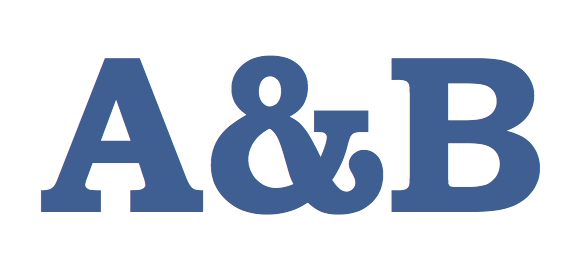Want to make learning easier? This ice breaker is fun, but more importantly, it also helps participants to “wake up what they already know” about a topic.
Is “waking stuff up” important? Yes! Here’s why:
- We learn by adding to what we already know. When we get people to think about what they know already—even if it isn’t much—then it’s easier for them to learn more about it.
- People are sometimes (maybe secretly) afraid about learning new things. Helping people to realize that they know something about a topic helps to increase their confidence. This is great, because anxiety is bad for learning.
- People have other stuff on their minds. You have to win their attention. Reminding them what they already know helps them to focus on the topic at hand. Without their participation, they won’t learn a thing.
Here’s another huge benefit: it helps you to learn more about the people in your audience. What do they know already? As a teacher, trainer, or presenter, you want to listen carefully to what they say during this activity.
So, without further ado, here’s an activity that I call “A & B.” It takes 10 minutes or less, and you can do it with groups of just about any size.

- Partners. Ask everyone to find a partner.
If there is an odd number, a group of three is fine. - A&B. Give them their first assignment, which is to determine who is “A” and who is “B.”
This should happen almost instantly, but allow them enough time to introduce themselves if they don’t all know each other. - The Expert. Explain that “A” is an expert in something that’s related to your topic. For example, an expert in using ice breakers.
Pick something that’s at a general level—but definitely a good stepping-stone for learning about the topic you’re about to cover. Something they’ll know a little about, but not necessarily all that much. - The Reporter. Explain that “B” is an investigative reporter. It’s “B’s” job to interview “A” to find out more about her area of expertise.
Make this fun. They’re not experts, they’re probably not investigative reporters, but that’s okay. They might be surprised at how much knowledge they already possess about the topic. - The Question. Tell the “B’s” to find out everything they can about a question by interviewing “A.” For example, “What is the purpose of using an ice breaker?”
Write this question ahead of time. Actually, write two questions, because you’ll have everyone switch after the first round. - The Interviews. Give them a few minutes to ask and answer questions: maybe 3 minutes.
Watch the energy level in the room. You want it to remain high. Don’t wait until they’ve exhausted everything they know before you stop the conversation. - The Check-In. Call everyone back together and ask the “B’s” what they’ve learned. Call on a few who have something to share from their “expert.” Thank them for their insights.
Use your best judgment about what to do if they say something that’s incorrect. That’s a topic for a whole other post… but you want to a) avoid shutting people down and b) avoid letting an important misconception stand. - Switch Roles & Repeat. Time permitting, have the partners switch roles. “A” becomes the expert, “B” the reporter. Give them the question, have them interview each other, and check in again.
Use your second question here, for example, “When is a good time to use an ice breaker?”
That’s it. Use some of their comments to transition to the next activity. During the rest of the session, you can refer back to relevant points made by your “experts” to further tie what they knew already to what they’re learning.
This ice breaker is fun. It helps people to learn, be motivated, pay attention, and get to know other participants. Not only that, but it helps you to learn more about your audience. And, you can do the whole thing in 10 minutes or less. All of these reasons are why it’s one of my favorites.
